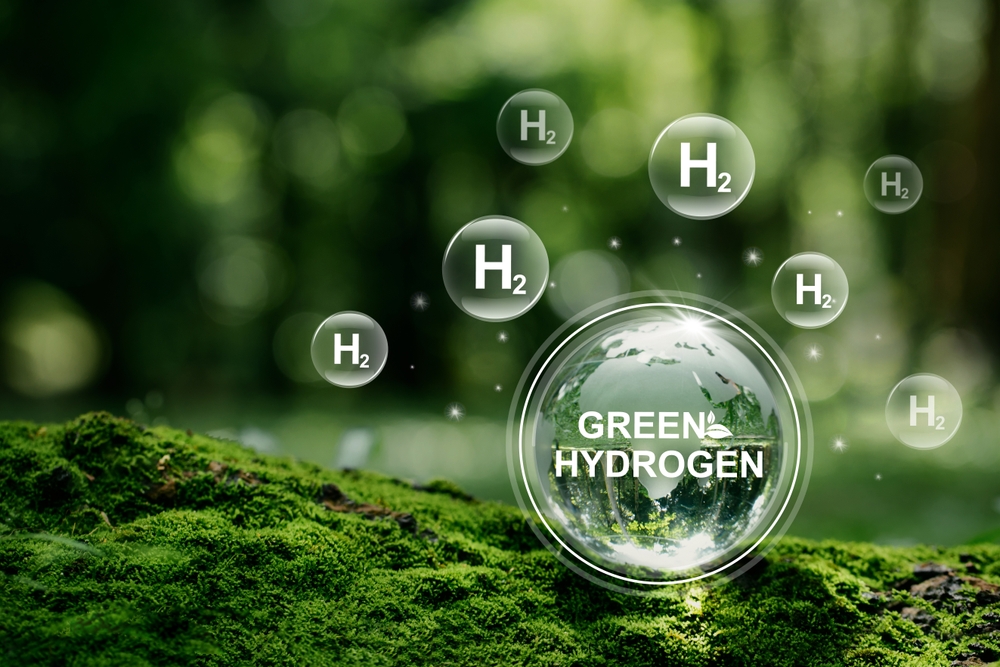According to SECLG process simulations at the University of Johannesburg, promising industrial processes can convert grinded sugarcane waste into green hydrogen much more efficiently than previously thought.
This simulation shows the high energy efficiency of green hydrogen, producing a small portion of unwanted tar, carbon monoxide (CO), carbon dioxide (CO2), and nitrogen (N) compared to traditional biomass gasification plants.
This process could help decarbonize future energy-intensive industries such as steel and cement.
Large-scale gasification methods produce too much tar
The large-scale gasification methods currently in use are not energy efficient, do not have high rates of green hydrogen, and the rates of tar and other harmful by-products.
Professor Bilainu Oboirien of the University of Johannesburg explained:
“Here, the carbon dioxide produced is not captured by the process. Also, due to the high tar yield, many additional equipment is required for cleaning, which significantly increases operating costs.”
A more efficient way to produce green hydrogen
A much more effective method for gasifying biomass such as bagasse is called chemical loop gasification (SECLG), which enhances sorption. Over the past decade, various research groups have developed SECLG.
Compared to the methods used in today’s industry, SECLG can produce green hydrogen with a much higher purity with a higher yield from biomass. It is also much more energy efficient and can capture carbon within the process itself.
Professor Oboirien and UJ Master candidate Lebohang Gerald Motsoeneng created a mathematical model of the SECLG process.
They followed this with a comprehensive Aspen Plus simulation of the SECLG process on a laboratory scale. They compared two known metal oxides used as oxygen carriers in the process to see how these affect hydrogen yield and other parameters.
High hydrogen and low tar yield
“For SECLG, our model estimates the balance of hydrogen (62-69%), carbon monoxide (5-10%), carbon dioxide (less than 1%), TAR (less than 1 g/nm3), nitrogen (less than 5%) and hydrocarbons,” Oboirien said.
This means that high green hydrogen yields, low tar concentrations, and low nitrogen dilution in the gas can significantly reduce economic costs by reducing the additional equipment required.
The quality of the hydrogen is expected to be good. However, further purification is required to reach industrial grade gases that are readily available for linked processes.
Scaling the method of real application
Currently, this model does not address the degradation of oxygen carriers and adsorbent materials over time in real-world applications.
Furthermore, the transmission and efficient separation of unwanted ash and char solid materials were not modeled or simulated, but these are required for viable SECLG systems.
Oboirien said: “We are currently developing experimentally further proofs of the concept in a laboratory-scale environment. We hope that through these experiments we can validate these models against experimental data.”
Additionally, SECLG requires a temperature of about 600°C, a pressure of about 5 bar, and multiple cycles. In this case, a transport system for metal oxide oxygen carriers and adsorbent materials is also required.
These allow for continuous catalyst and carbon capture cycle “loop effects” in the process.
“This study requires infrastructure investments and inter-industry collaboration to be sustainable, and hopefully realize the possibilities of green hydrogen SECLG technology,” concluded Oboirien.
Source link

